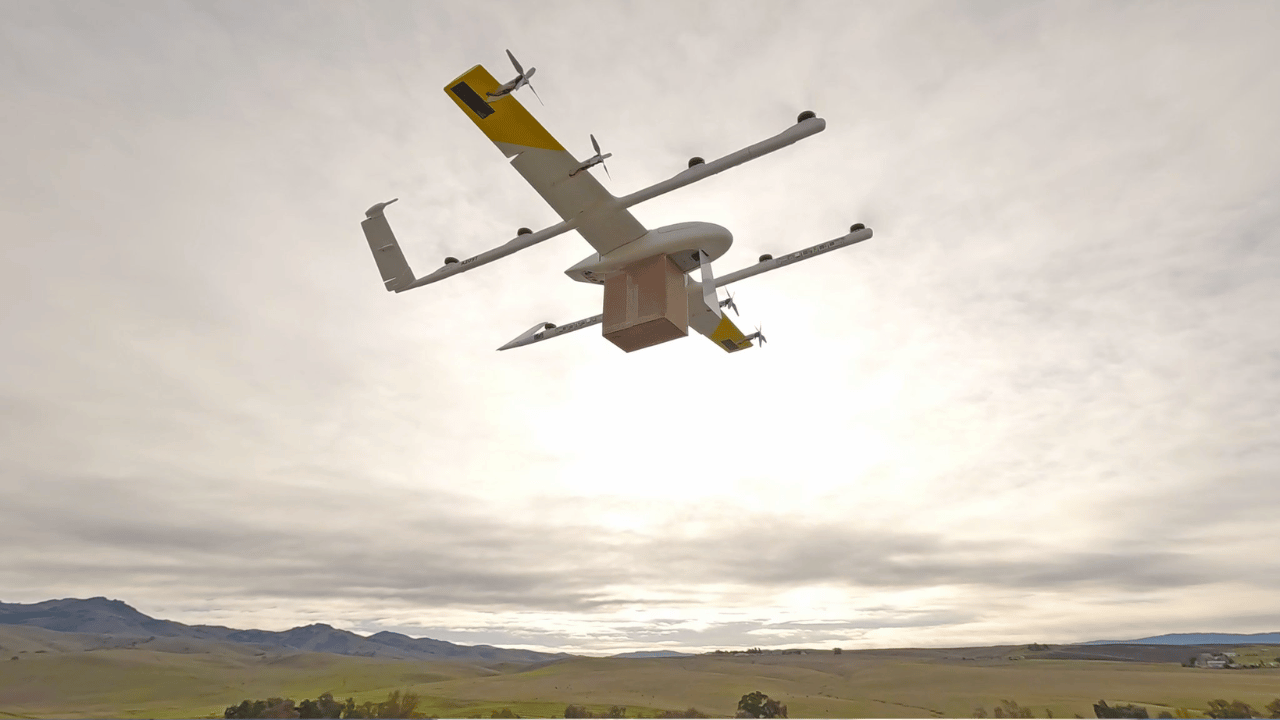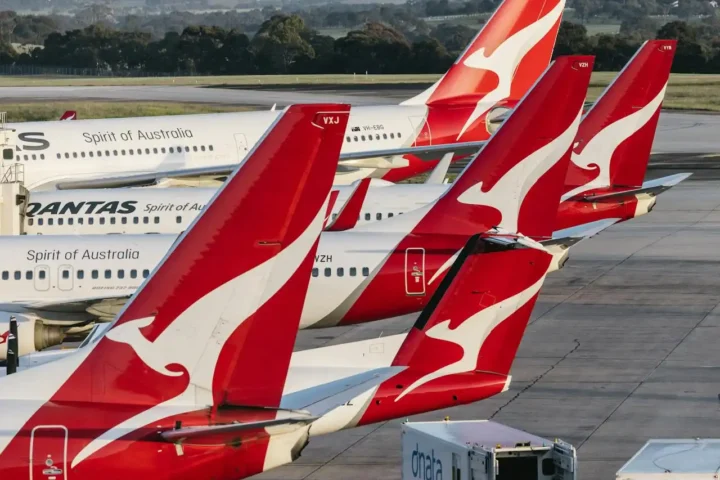Wing, a pioneer in drone delivery services, just revealed the addition of a new, larger aircraft to its fleet, marking a major fleet improvement. This action is intended to optimize the delivery of larger orders and is a strategic reaction to changing market needs. Wing operates on three continents at the moment, and it has successfully performed over 350,000 deliveries to far.
Order trends analysis shows that while a single Wing aircraft can effectively handle 70% of US orders, two drones must be deployed for the other 30% of orders. In an attempt to better serve this 30% of the market, a new aircraft has been introduced. This tactic is similar to how airlines optimize service depending on specific needs by employing various planes for different routes.
The newest drone in the Wing fleet is more than just a bigger model; it’s a well-executed implementation of the company’s Aircraft Library idea. Using this method, several aircraft configurations are created by expanding upon the fundamental elements that already exist. The market’s requirement for a greater cargo capacity to accommodate larger orders drove the design of the new aircraft.
Technically speaking, the new aircraft is identical to its predecessors in that it has a 12-mile round-trip range, but it differs in that it can carry twice as much cargo—up to five pounds—as the current fleet. Customers in cities and suburbs will find this function especially noteworthy as it makes it easier to combine orders for things like food, medication, and necessities for the home into a single delivery.
Similar Posts
The new aircraft is built to work smoothly with Wing’s current automation systems and infrastructure, even beyond its physical limitations. This integration demonstrates Wing’s dedication to a multimodal drone delivery strategy, which is comparable to how different-sized vehicles are used by ground delivery firms.
Wing’s effort is based on the principles of sustainability science and is in line with both modern demands and environmental concerns. By lowering pollutants and traffic, the delivery of goods using drones helps create a more sustainable urban environment. Wing’s initiatives are in line with industry developments that are seeing a rise in the use of technical innovation for environmentally friendly solutions.
The new aircraft’s operational statistics and technological specifications are outstanding, but what really sets this breakthrough apart is the underlying plan and vision. Wing wants to transform drone delivery into a more convenient option that works for a wider range of orders and clients. The company’s goal is still to maximize client satisfaction while preserving operational effectiveness.
Wing has strategically responded to market shifts and client needs by adding a larger aircraft to its fleet. This action advances sustainable urban logistics in addition to increasing the capability and effectiveness of drone deliveries. Within the next 12 months, Wing hopes to fully integrate this new aircraft into its current operations, which will represent a major turning point in the development of drone delivery services.


















